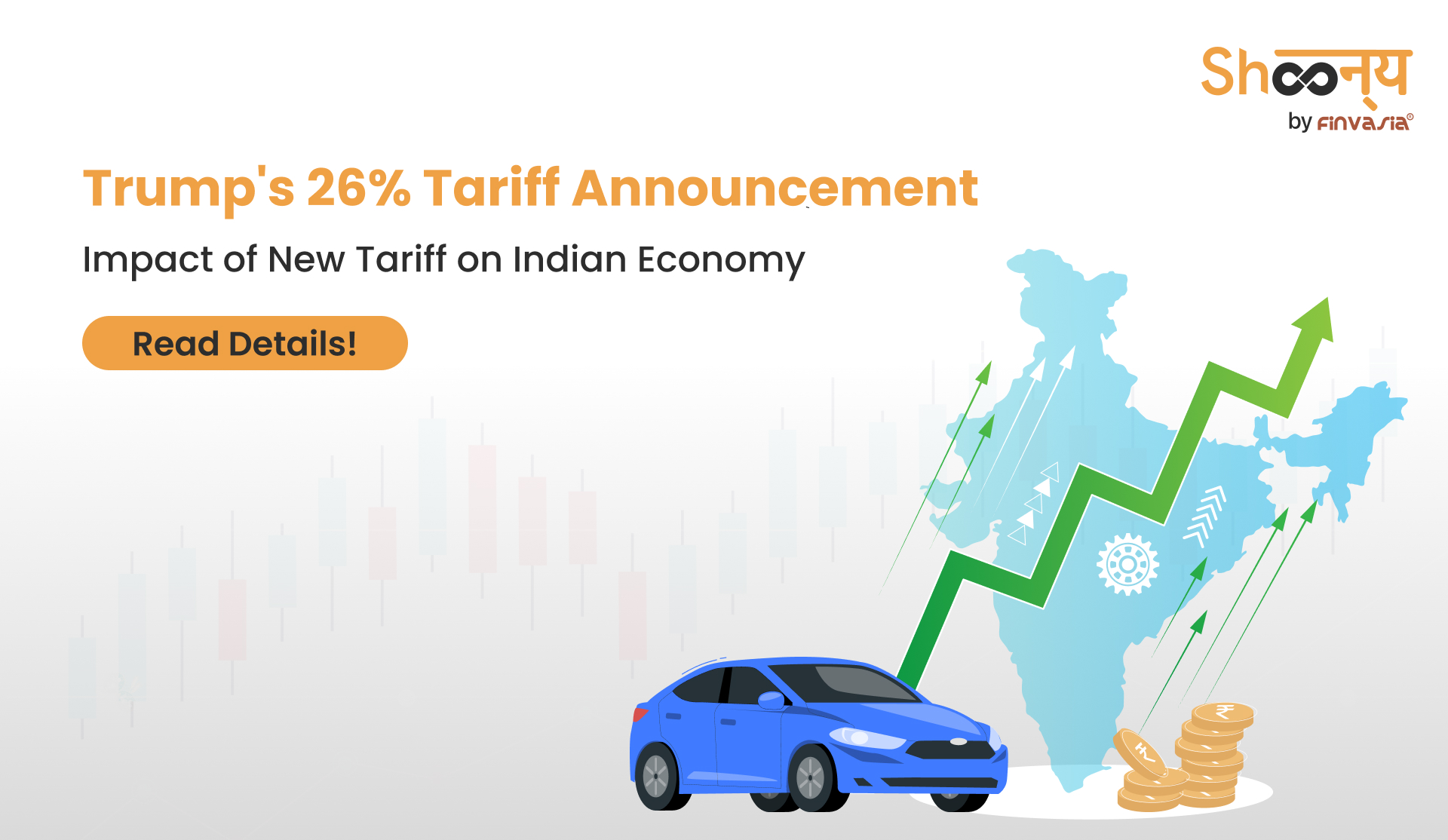Another 26% Tariff on Indian Imports by Trump – Is Our Government Ready for It?

Even after being in the good books of Trump, India got slapped with the highest tariff of 26% on imports yesterday. This is higher than the tariff of 20% on the European Union, 25% on South Korea, and 24% on Japan as well, only behind China, where the US imposed a 54% tariff on most goods imported from the country to the US. However, we are overlooking that India charges as high as a 52% tariff on different US imports; thus, Trump didn’t hesitate to impose a 26% tariff on India. Moreover, this US import tariff rate is being referred to as a reciprocal tariff due to higher tariff impositions by India on the US imports. So, how will this tariff Impact India will shape the economy. Is the Indian government ready to tackle these rising tariffs? Let’s find out.
Tariff Impact on Indian Economy
While Trump tagged India as the Tariff King, in the past few weeks, the Indian government changed its import duties on different products, which include many significant products from the US, such as Bourbon Whiskey, high-end motorcycles, and others. This tariff cut was done to cater to the bilateral trade agreement between the US and the Indian government. However, reducing tariffs on over 8500 industrial items has already reduced the potential earnings and revenue of the government, and now this fresh tariff on Indian imports will hurt the Indian economy further.
This new reciprocal tariff imposition can lead India to lose its charm as an exporter in the US, and most importantly, take a toll on incoming investments as investors’ confidence in the economy gets hurt.
However, certain research conducted by SBI and other global research firms suggests that the challenges of this tariff imposition will be limited. These reports suggest a reduction of around 3-3.5% in the exports. This is due to the strategic approach of the Indian government regarding exports, which is done via different places such as the Middle East, Europe, and others.
Another factor is that India’s export to the US has been the lowest amongst exports it does to the other nations, and thus the imposition of a tariff wouldn’t affect the economy much. In
Morgan Stanley indicates towards the lower indirect effect of the US tariff rates, where India is least exposed to the indirect effect of the tariff risks, due to its low goods trade orientation as well as higher domestic demand generation.
Which Sectors will bear the most tariffs?
This 26% US tariff rate will hit the electronics products businesses in India the most, reducing imports to the US up to $14 billion, and then comes the gems and jewelry industry, which can witness a drop in imports by around $9 billion. Auto parts and aluminum are already under the 25% tariff rate.
The pharmaceuticals which account for around $9 billion of exports to the US. The Trump government said that no tariff on this sector as of now.
Bilateral Trade Agreement
With the bilateral trade agreement between the US and India, both countries need to work together to boost trade between themselves. The target for 2030 is $500 billion of bilateral trade, which is way higher than the $127 billion recorded in 2023.
To boost trade, both countries need to work on the tariff rates and come to a mutual point where both can benefit.
Source: TheEconomicsTimes
______________________________________________________________________________________
Disclaimer: Investments in the securities market are subject to market risks; read all the related documents carefully before investing.








